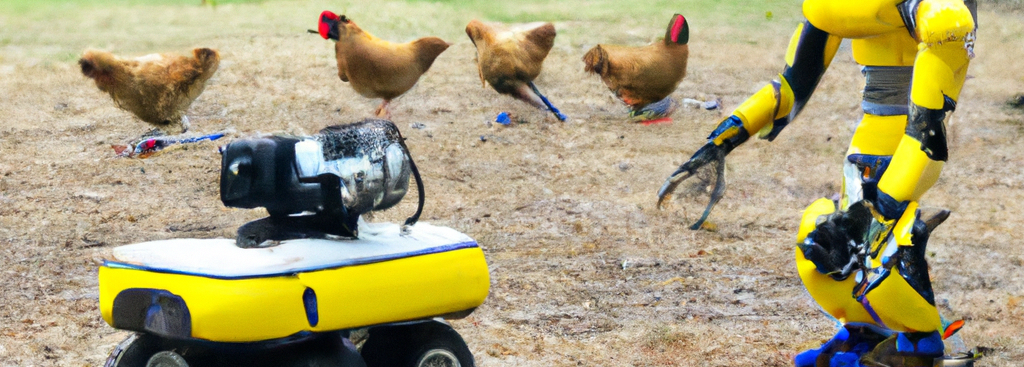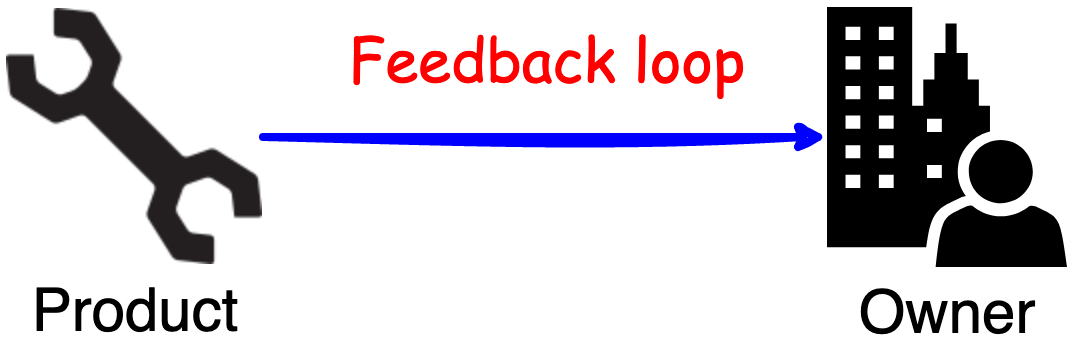Gateway vs. Gateway-less Industrial IoT considerations
Introduction In this post, I will describe two approaches to the Industrial Internet of Things deployments and provide my perspective. Hopefully, it will help you choose the proper architecture for your specific case.
Before we start, I will briefly define the Edge Gateway.
Definition of the Edge Gateway Edge Gateway is a computer located inside a factory or some other facility. That computer is connected to the internal network and can communicate with local devices using industrial protocols.







